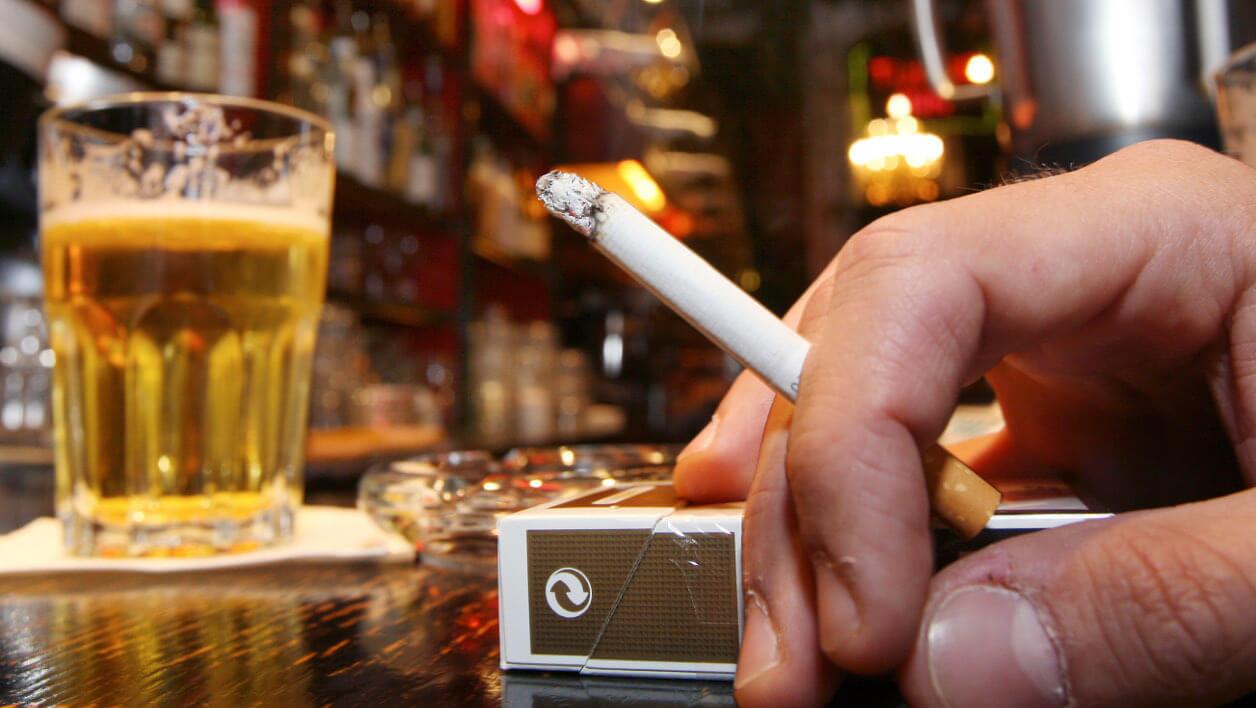Of all the challenges a child with Attention Deficit Hyperactivity Disorder (ADHD) faces, impulsivity can be one of the most difficult to manage. It's that immediate, often overwhelming, urge to act without a single thought for the consequences. For parents and caregivers, finding ways to help a child gain control is a primary goal. But what if an external factor, one that is entirely preventable, was actively making this core symptom worse? A growing body of scientific evidence points to a troubling and often overlooked connection: exposure to tobacco smoke can significantly aggravate the severity of impulsive behavior in children with ADHD.
To understand this link, we first need to look at what's happening inside the brain. A child with ADHD often has differences in the development and function of their prefrontal cortex. Think of this area as the brain's air traffic control center. It's responsible for executive functions—planning, focusing, controlling emotions, and, crucially, inhibiting impulses. When this system isn't operating at full capacity, the 'stop and think' signal gets delayed or lost.
Now, introduce the chemicals found in tobacco smoke. When a child inhales secondhand smoke, whether from a parent smoking in the next room or in the car, they are not just smelling it. They are absorbing a potent cocktail of neurotoxins, with nicotine being the most well-known. Nicotine is a paradoxical substance. While it can have a temporary focusing effect on some adults with ADHD, its impact on the developing brain of a child is overwhelmingly negative.

Nicotine mimics a key neurotransmitter called acetylcholine. It hijacks the brain's nicotinic receptors, which are abundant in the prefrontal cortex. In a developing brain that is already struggling to regulate itself, this artificial stimulation can wreak havoc. It doesn't calm the system; it overstimulates it. This chemical interference disrupts the delicate balance required for impulse control. The brain's internal brakes, which were already weak, become even less effective. The result is a child who finds it even more difficult to pause before shouting out an answer, grabbing a toy, or running into the street.
The evidence for this is not just theoretical. Multiple studies have tracked the behavior of children with ADHD in relation to their exposure to tobacco smoke. The findings are consistent and concerning. Children with ADHD who are regularly exposed to secondhand smoke display significantly higher levels of hyperactivity and impulsivity compared to children with ADHD from smoke-free homes. Their scores on standardized tests for disruptive behavior are higher. They often have more difficulty following rules and exhibit more aggressive outbursts. It's as if the smoke exposure is adding fuel to a fire that was already burning.
Furthermore, the risk begins even before a child is born. Maternal smoking during pregnancy is one of the most well-established environmental risk factors for developing ADHD. The toxins from cigarettes cross the placental barrier, directly affecting fetal brain development. This can lead to structural changes in the brain regions responsible for behavioral control. A child exposed prenatally is not only more likely to develop ADHD but may also be born with a brain that is fundamentally more vulnerable to impulsive behaviors from the very start. This creates a double-hit effect: a genetic or inherent predisposition to ADHD, compounded by a prenatal environment that exacerbates the very neural circuits involved.
So, what does this look like in everyday life? Imagine two children, both with a diagnosis of ADHD. One lives in a smoke-free home. He has impulsive moments, certainly, but with consistent behavioral strategies, he can often be guided toward better choices. The other child lives with a family member who smokes indoors. His impulsivity is more intense and more frequent. He might lash out physically with little to no provocation, unable to control the surge of frustration. He might engage in more dangerous risk-taking, like climbing too high or darting away in a crowded place without a moment's hesitation. For his parents and teachers, his behavior is more unpredictable and harder to manage. The interventions that might work for the first child are often less effective for him because his brain is under a constant chemical assault that undermines his capacity for self-regulation.
The impact extends beyond just behavior. This aggravated impulsivity can have serious consequences for a child's social and academic life. In the classroom, a child who is constantly calling out and unable to wait their turn will struggle to learn and is more likely to face social rejection from peers. This can lead to a cycle of low self-esteem, frustration, and even depression. At home, it can create a stressful and chaotic environment for the entire family, as parents may feel at a loss for how to help their child.
Addressing this issue is a critical, yet often overlooked, step in a comprehensive ADHD management plan. For families where smoking is present, creating a completely smoke-free environment is one of the most powerful interventions they can make. This means not smoking inside the house or car, even when the child is not present. Toxins from smoke, known as thirdhand smoke, settle into dust, on furniture, and on clothing, and can still be ingested or inhaled by children. Smoking outside and changing clothes before interacting with the child can help, but the gold standard is for the smoker to pursue quitting altogether.
This is not about placing blame or creating guilt. Nicotine addiction is powerful, and quitting is incredibly challenging. However, framing it as a medical necessity for the child's health can be a powerful motivator. Pediatricians and family doctors can play a key role here. When discussing an ADHD diagnosis, they should routinely screen for tobacco smoke exposure and provide clear, non-judgmental information and resources about smoking cessation to the parents or caregivers. Connecting the adult's smoking habit directly to the severity of their child's most challenging symptoms can be the catalyst for change that generic health warnings are not.
For the child, reducing smoke exposure can make other treatments more effective. Behavioral therapy, social skills training, and even prescribed medication can work better when the brain is not being constantly bombarded by neurotoxins. It's like trying to clean a blackboard while someone is still scribbling on it with chalk. Stopping the exposure is like taking the chalk away, allowing the other cleaning methods to actually work.
The journey of supporting a child with ADHD is filled with many decisions and strategies. It involves therapy, school support, and sometimes medication. But one of the most foundational steps is to look at the child's physical environment. By understanding the direct link between tobacco smoke and the aggravation of impulsive behavior, families and healthcare providers can target a major, modifiable risk factor. Eliminating this exposure doesn't just improve a child's long-term physical health by reducing risks for asthma and ear infections; it directly and meaningfully supports the development of their behavioral control, giving them a much better chance to succeed, learn, and build happy, fulfilling relationships. It clears the air, quite literally, for their brain to develop the skills it needs to thrive.














